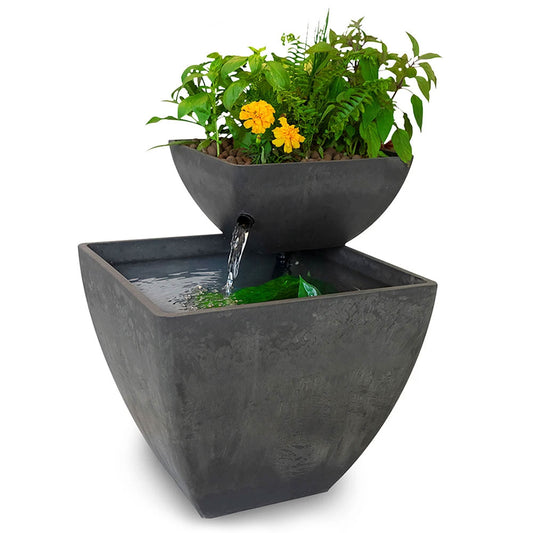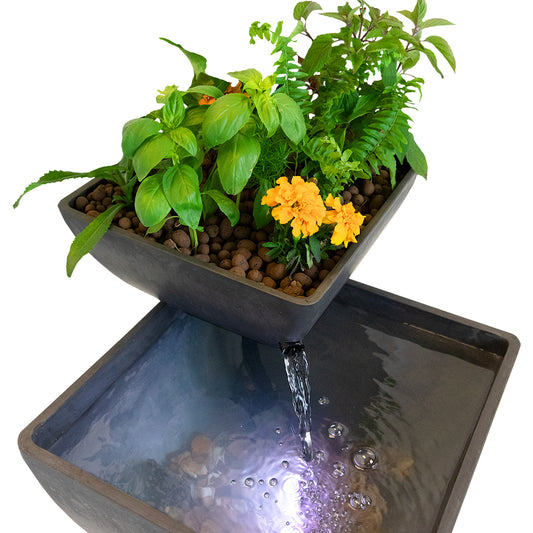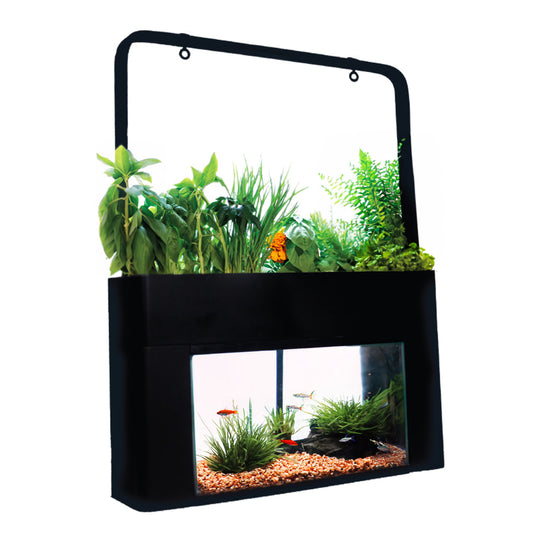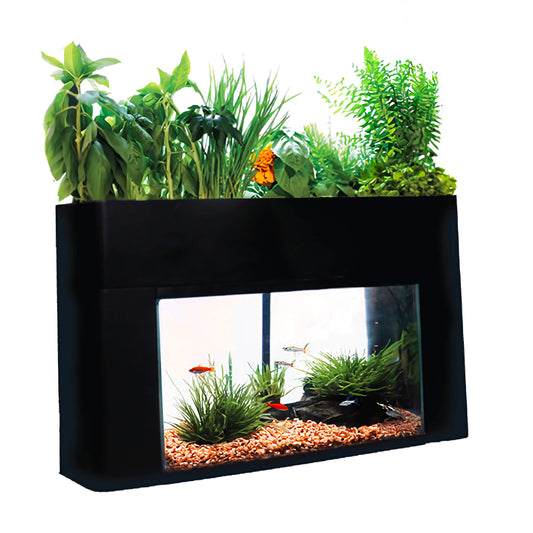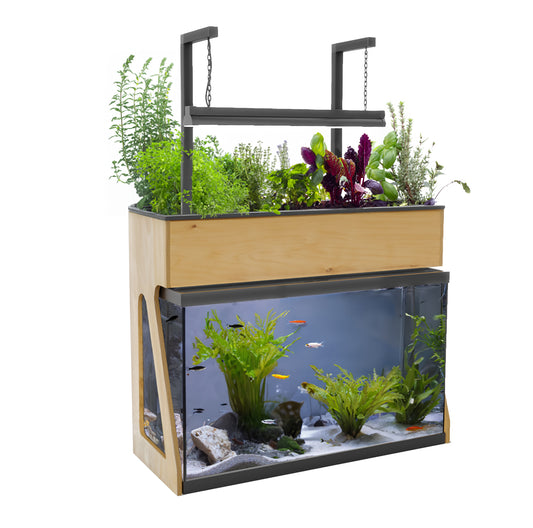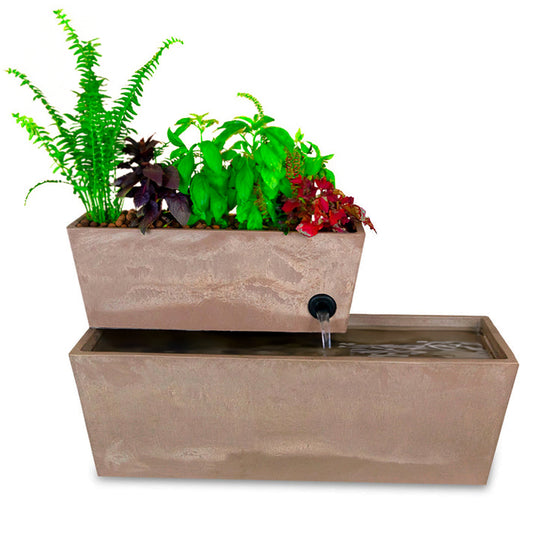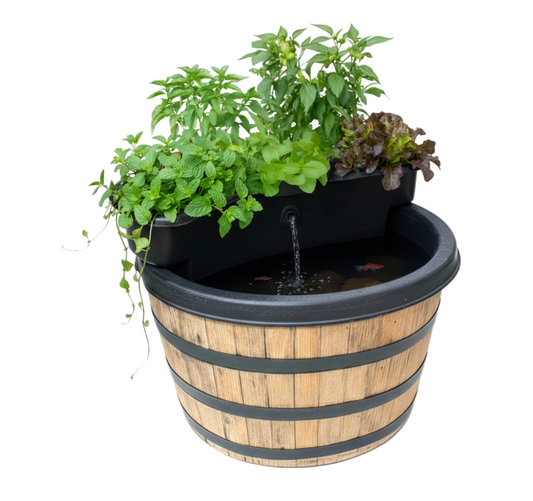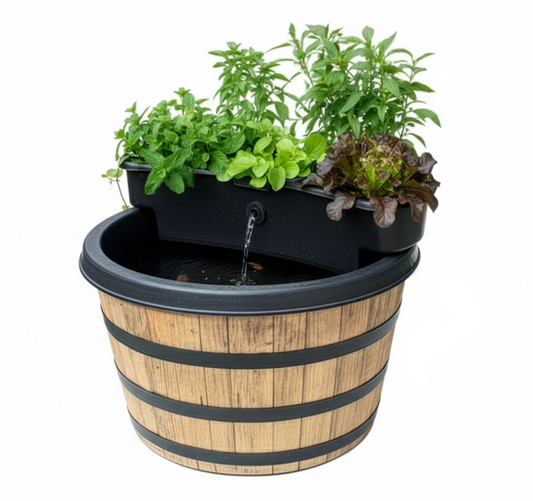The Future of Food: How Aquaponics Is Revolutionizing Agriculture

As the global population continues to rise, the pressure on traditional agricultural methods intensifies. With issues like water scarcity, soil degradation, and the environmental impact of chemical fertilizers, innovative solutions are urgently needed. One such solution is aquaponics—a revolutionary hybrid system that combines aquaculture (raising fish) with hydroponics (growing plants in water). This sustainable farming technique is not just a trend; it’s a promising method that could substantially reshape the future of food production.
Understanding Aquaponics
At its core, aquaponics leverages nature's fundamental cycling processes to create a self-sustaining ecosystem. Fish waste serves as a nutrient-rich fertilizer for plants, while plants naturally filter and purify the water for fish. This symbiotic relationship generates a closed-loop system that saves water, reduces the need for chemical fertilizers, and enhances food production in a sustainable manner.
The Water Efficiency of Aquaponics
In water-scarce regions, aquaponics provides an effective solution. Traditional soil-based agriculture consumes large amounts of water—up to 70% of the world's freshwater supply. In contrast, aquaponics uses approximately 90% less water than traditional farming methods. The water in aquaponic systems is continuously recirculated, minimizing wastage and ensuring that plants receive only what they require. This method is essential for addressing the challenges of water scarcity and fostering sustainable agricultural practices.
Maximizing Space for Food Production
Aquaponics excels in urban environments where space is limited. Vertical farming methods used in aquaponics systems enable growers to maximize their output without requiring vast plots of land. This high-density cultivation method allows for the growth of a variety of plants, from leafy greens to herbs, in a minimal footprint. As cities expand, and more people move into urban centers, the ability to grow food locally and efficiently is crucial for food security.
Reducing Environmental Impact
Aquaponics not only minimizes resource consumption; it also mitigates the environmental burdens commonly associated with traditional agriculture. Synthetic fertilizers and pesticides often lead to water pollution, harming local ecosystems. Since aquaponics does not rely on these chemicals, it represents a cleaner farming alternative that promotes biodiversity and soil health. Additionally, with lower fossil fuel reliance for transportation, as food can be grown closer to consumers, carbon footprints can be reduced significantly.
Enhancing Food Security
The combination of fish and plant production in aquaponics systems allows for diverse food outputs. This variety enhances food security by providing nutrient-rich options and improving dietary diversity. Additionally, the ability to grow food year-round—even in adverse weather conditions—means communities have a more reliable food source. Aquaponics can yield a steady supply of fresh produce and protein, crucial in times of food shortages or market instability.
Accessibility and Education
Aquaponics systems are customizable and can be constructed to fit different budgets and spaces, which makes them an accessible option for home gardeners, schools, and community programs. Schools utilizing aquaponics not only provide students with fresh food, but also offer valuable hands-on learning experiences in biology, ecology, and sustainability. This educational aspect fosters an early understanding of sustainable practices among future generations.
Challenges and Considerations
While the benefits of aquaponics are compelling, it is not without its challenges. Setting up a successful aquaponic system requires understanding complex biological and chemical processes. Aquaponic farmers must manage the balance between fish and plant needs, ensuring that water quality is maintained while providing the appropriate nutrients for crops to thrive. However, resources such as guides, forums, and community support are increasingly available, helping new growers navigate these complexities.
The Path Forward for Aquaponics
The future of food appears promising with the rise of aquaponics. As technology continues to advance, innovations such as automated monitoring systems, nutrient delivery technology, and improved fish feed may enhance efficiency and productivity, making aquaponics even more appealing. Industries are beginning to recognize the value of aquaponic systems, not only for food production but also for creating green jobs and contributing to local economies.
Conclusion
Aquaponics stands at the forefront of a agricultural revolution, embodying an approach that aligns with modern-day imperatives for sustainability and resource efficiency. By utilizing natural cycles to produce food, aquaponics addresses pressing global issues such as water scarcity, food security, and environmental degradation. As technology develops and more people adopt this practice, aquaponics may herald a new era in agriculture—one that is capable of feeding the world sustainably and responsibly. Embracing aquaponics is not merely a choice but an investment in the future of food and the health of our planet.

